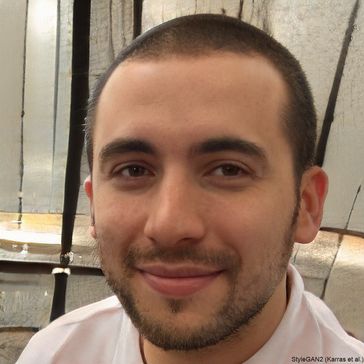The narrowing of the spinal canal can be caused by several factors, including age-related wear and tear, arthritis, herniated discs, and thickened ligaments. In some cases, congenital conditions or trauma can also lead to spinal stenosis. Common symptoms include lower back pain, leg numbness or weakness, difficulty walking, and in severe cases, loss of bladder or bowel control. These symptoms vary depending on the severity and location of the stenosis.
Non-Surgical Treatments
1. Physical Therapy
Physical therapy is often the first line of treatment for spinal stenosis. A trained therapist can develop a customized exercise program to strengthen the muscles supporting the spine, improve flexibility, and enhance balance. Exercises such as stretches, core strengthening, and low-impact activities like swimming or cycling can reduce pressure on the spine and alleviate symptoms.
2. Medications
Over-the-counter pain relievers, such as acetaminophen, ibuprofen, or naproxen, can help manage mild to moderate pain. For more severe symptoms, doctors may prescribe stronger medications, including muscle relaxants or nerve pain medications like gabapentin. However, these should be used under medical supervision due to potential side effects.
3. Epidural Steroid Injections
For patients with persistent pain or inflammation, epidural steroid injections can provide temporary relief. These injections deliver corticosteroids directly to the affected area, reducing swelling and relieving pressure on the nerves. While effective, the relief is temporary, and repeated injections may be necessary.
4. Assistive Devices
Using assistive devices like a cane, walker, or lumbar brace can improve mobility and reduce strain on the spine. These devices help maintain proper posture and provide stability, especially for individuals with severe symptoms.
Alternative Therapies
1. Chiropractic Care
Some individuals find relief through chiropractic adjustments, which focus on realigning the spine to reduce pressure on the nerves. However, this approach should be pursued cautiously and under the guidance of a qualified professional.
2. Acupuncture
Acupuncture, an ancient Chinese practice, involves inserting thin needles into specific points on the body to alleviate pain. Although evidence is mixed, many patients report reduced pain and improved mobility following acupuncture sessions.
3. Yoga and Pilates
Both yoga and Pilates can improve flexibility, strengthen core muscles, and promote relaxation, making them beneficial for individuals with spinal stenosis. However, it is essential to modify poses to avoid exacerbating symptoms.
Surgical Treatments
When non-surgical treatments fail to provide relief, surgery may be considered. The decision to undergo surgery depends on the severity of the condition, the patient’s overall health, and the impact on daily life.
1. Decompression Surgery
Decompression surgery, also known as laminectomy or laminotomy, involves removing portions of the vertebrae to create more space in the spinal canal. This procedure relieves pressure on the spinal cord and nerves, often resulting in significant pain relief.
2. Spinal Fusion
In cases where instability accompanies spinal stenosis, spinal fusion may be performed. This procedure involves fusing two or more vertebrae together to stabilize the spine and prevent further narrowing. While effective, spinal fusion limits flexibility in the treated area.
3. Minimally Invasive Surgery
Advancements in medical technology have led to minimally invasive surgical techniques, which involve smaller incisions, less blood loss, and shorter recovery times. Procedures like endoscopic decompression and interspinous spacer placement are gaining popularity for their effectiveness and reduced risk of complications.
Post-Treatment Rehabilitation
Rehabilitation is an integral part of recovery following spinal stenosis treatment. Physical therapy helps restore mobility, strengthen muscles, and prevent recurrence. Patients are encouraged to gradually resume their daily activities while avoiding heavy lifting and strenuous tasks.
When to Seek Medical Attention
It is crucial to seek medical attention if spinal stenosis symptoms significantly impact daily life or if there is a sudden onset of severe symptoms, such as loss of bowel or bladder control. Early intervention can prevent complications and improve outcomes.

